In many European countries, there are various traditions surrounding the use of bread during the Easter holidays. Traditionally the practice of eating Easter bread or sweetened "communion" bread traces its origin back to Byzantium and the Orthodox Christian church. The recipe for sweetened or "honey-leavened" bread may date back as far as the Homeric Greek period based on anecdotal evidence from classical texts that mention this type of special food. It is also widely known that sweetened bread desserts similar to panettone were a Roman favorite.
Easter bread
Bread traditionally eaten around Easter
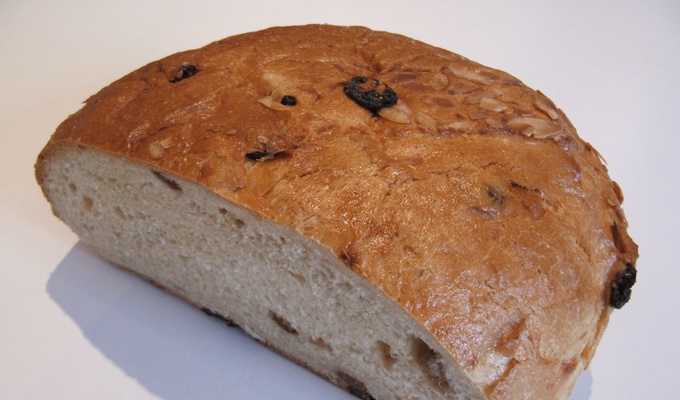
Examples
Bucolaj

Casatièllo
Italian leavened Easter savory bread with whole eggs
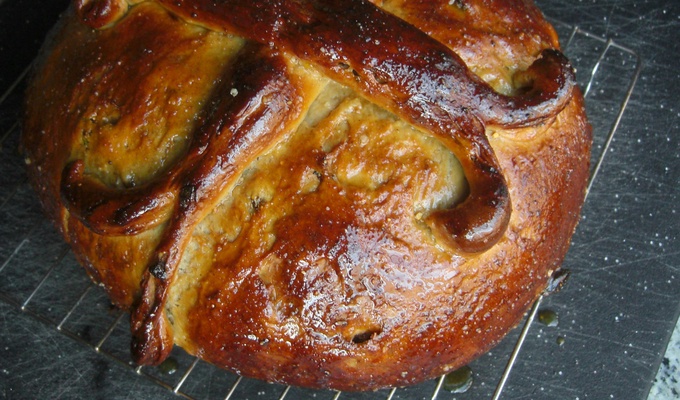
Chorek
pastry known under various names in the Balkans
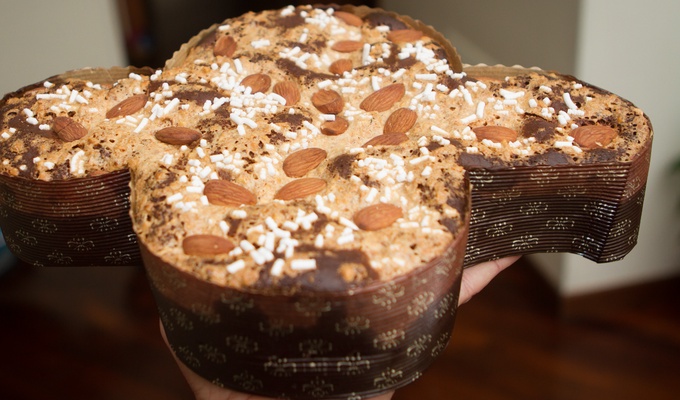
Colomba di Pasqua
Italian traditional Easter cake

Folar
Portuguese Easter bread

Hawaiian roll
Lightly sweetened bread, often eaten on holidays
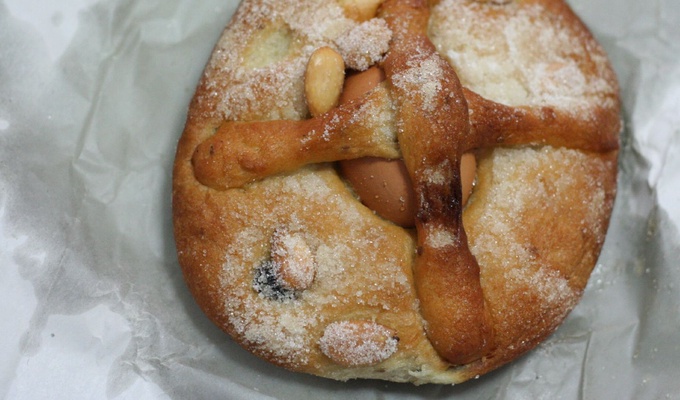
Hornazo
Spanish baked meat.
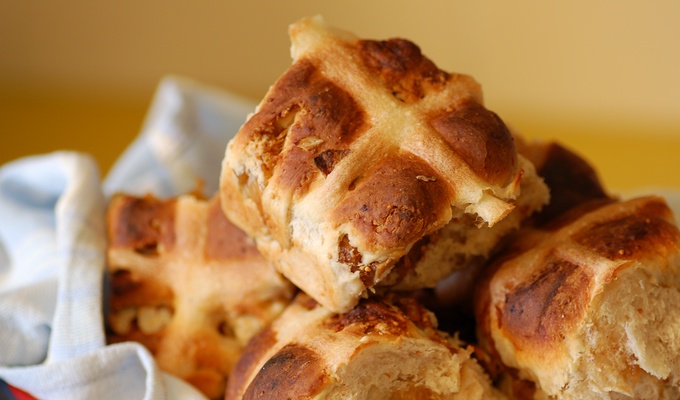
Hot cross bun
Spiced sweet bun made with currants or raisins and marked with a cross on the top, traditionally eaten on Good Friday
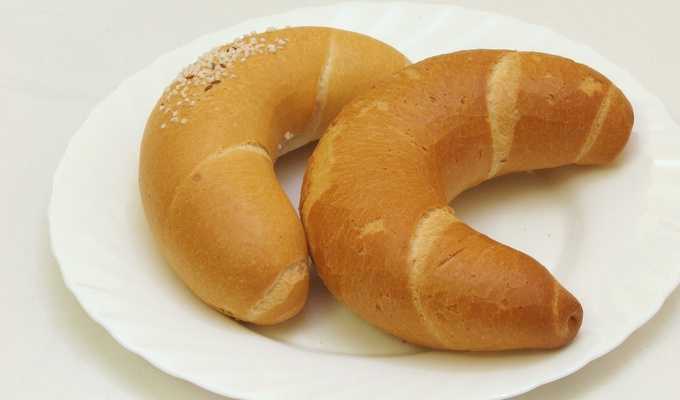
Kifli
crescent-shaped bread roll, originating in Central Europe
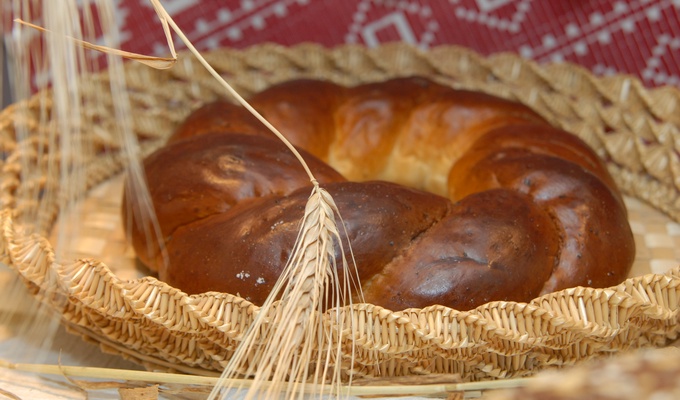
Kolach (bread)
Eastern European bread
Kozuna
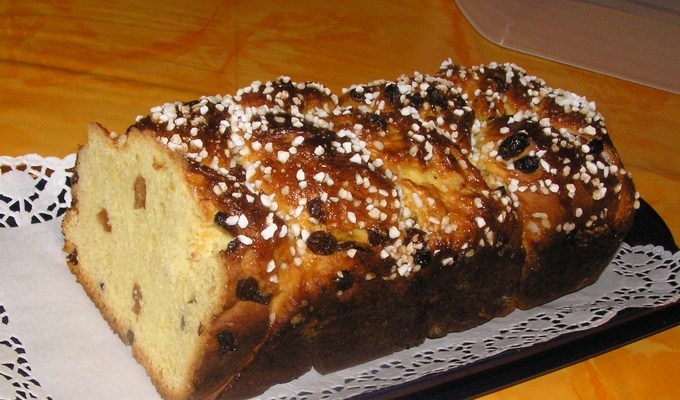
Kozunak
sweet leavened bread, traditional to Romania and Bulgaria
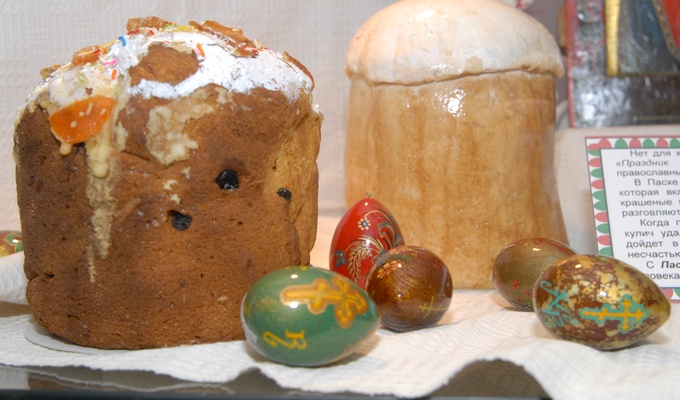
Kulitsa
Finnish and Russian Easter bread
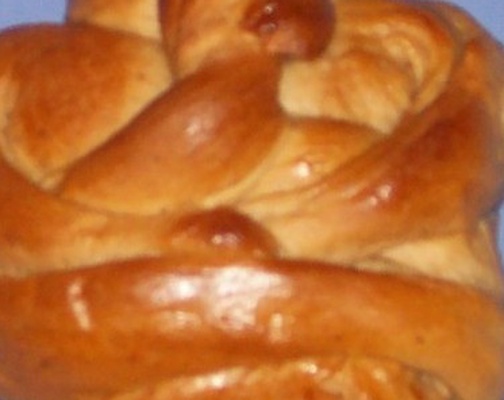
Lazarakia
small, sweet spice breads made by Greek Orthodox Christians on Lazarus Saturday
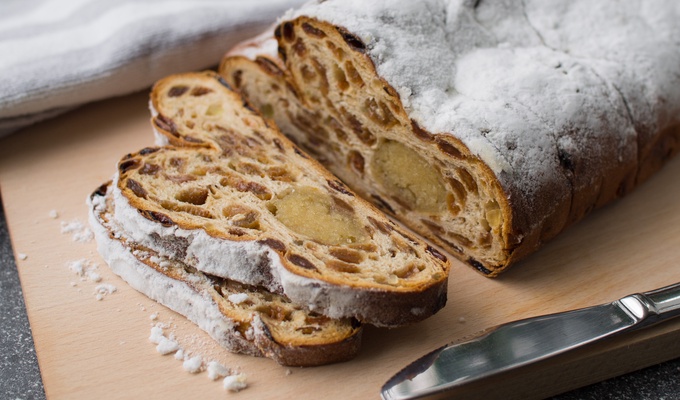
Paasstol
Dutch Easter bread with dried fruits
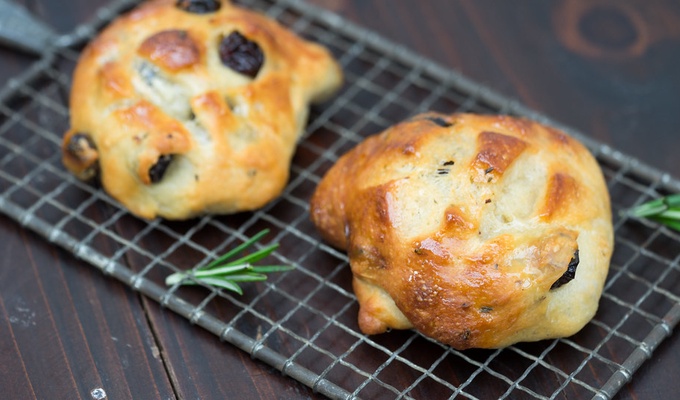
Pan di ramerino
Tuscan sweet bread with olive oil, raisins, and rosemary
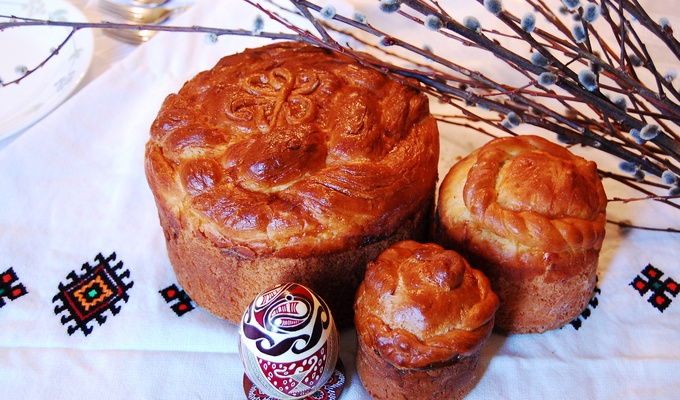
Pască
Easter bread
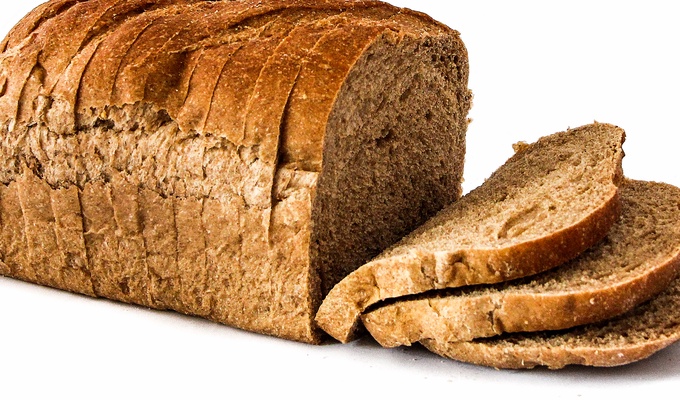
Penia
type of sweet Italian bread
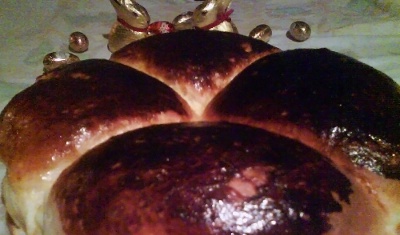
Pinca

Pizza di Pasqua
Italian savory Easter cake

Portuguese sweet bread
Lightly sweetened bread, often eaten on holidays
Resta di Como
Schiacciata di Pasqua
Tuscan Easter bread
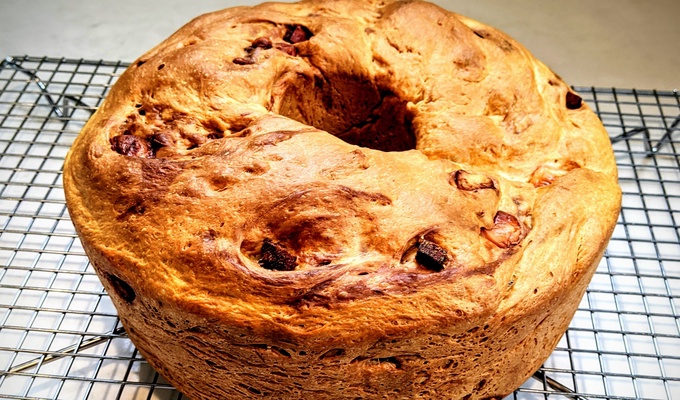
Tortano
Italian Easter bread

Tsoureki
pastry known under various names in the Balkans
Subcategories:
Bucolajhr
Casatièlloit
Chorek
Colomba di Pasquait
Folarpt
Hawaiian roll
Hornazoes
Hot cross bun
Kifli
Kolach (bread)pl
Kozuna
Kozunak
Kulitsafi
Lazarakiael
Paasstolnl
Pan di ramerinoit
Pască
Peniait
Pinca
Pizza di Pasquait
Portuguese sweet breadpt
Resta di Comoit
Schiacciata di Pasquait
Tortanoit
Tsourekiel
Categories:
Bread
Characteristic of:
European cuisine
German cuisine
North German cuisine
Sardinia cuisine
Schleswig-Holstein cuisine
Slavic cuisine
Contains, including ancestors:
Wheat
Also known as:
Wikidata ID:
Q267726
Wikipedia title:
Easter bread
References:
Inbound Links
Unlinked Mentions
Article content licensed under CC-BY-SA; original content from Wikimedia Foundation; image data under CC-BY-SA from Wikimedia Foundation
ID: 4448